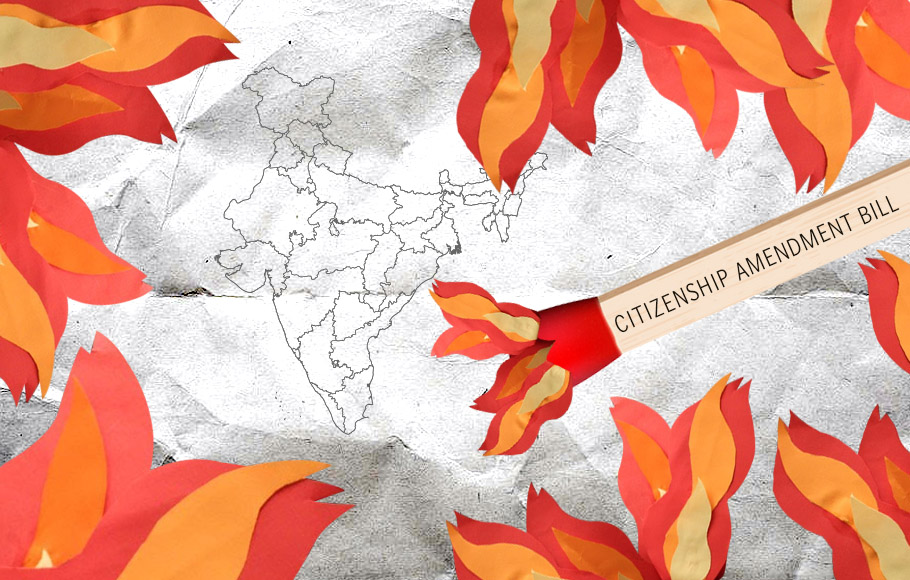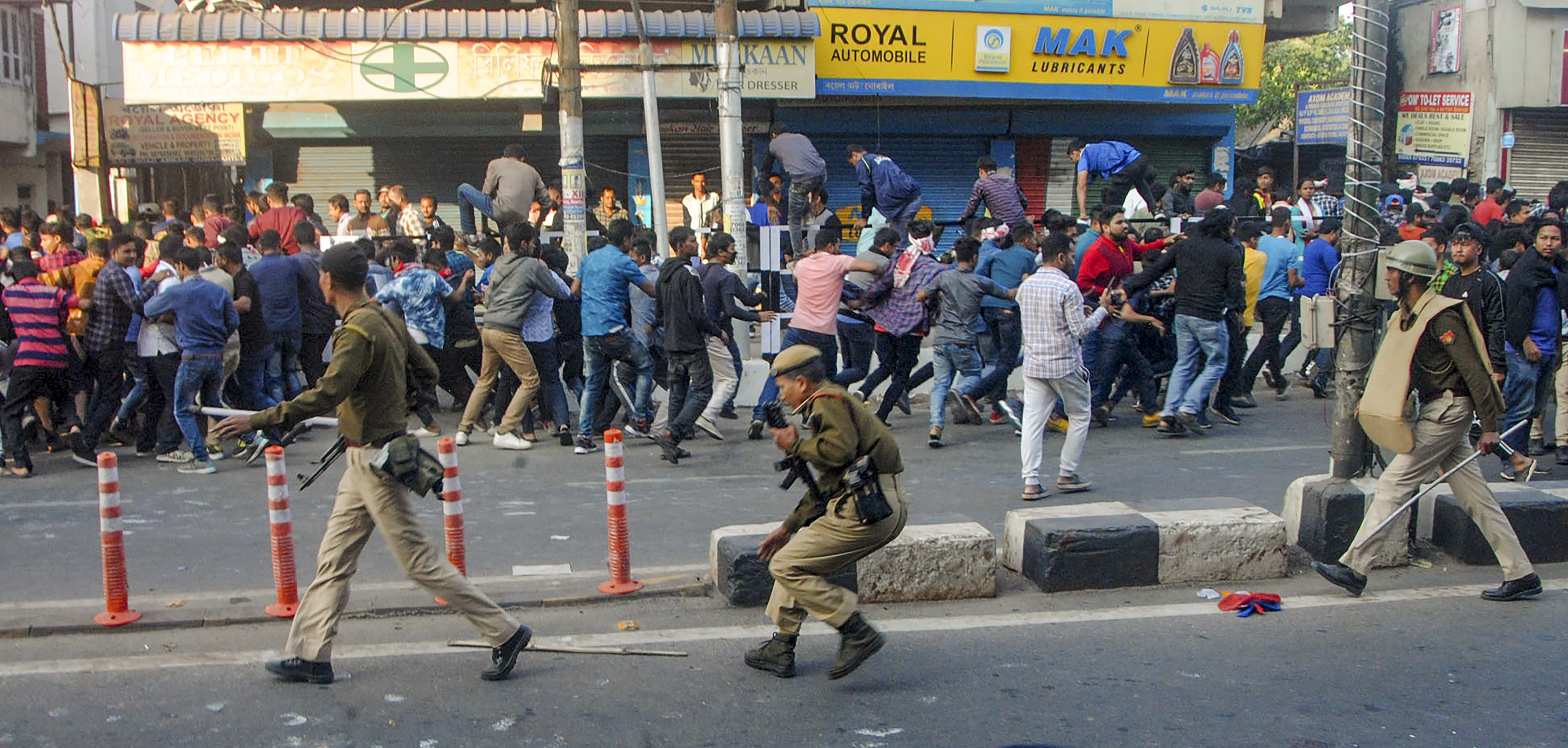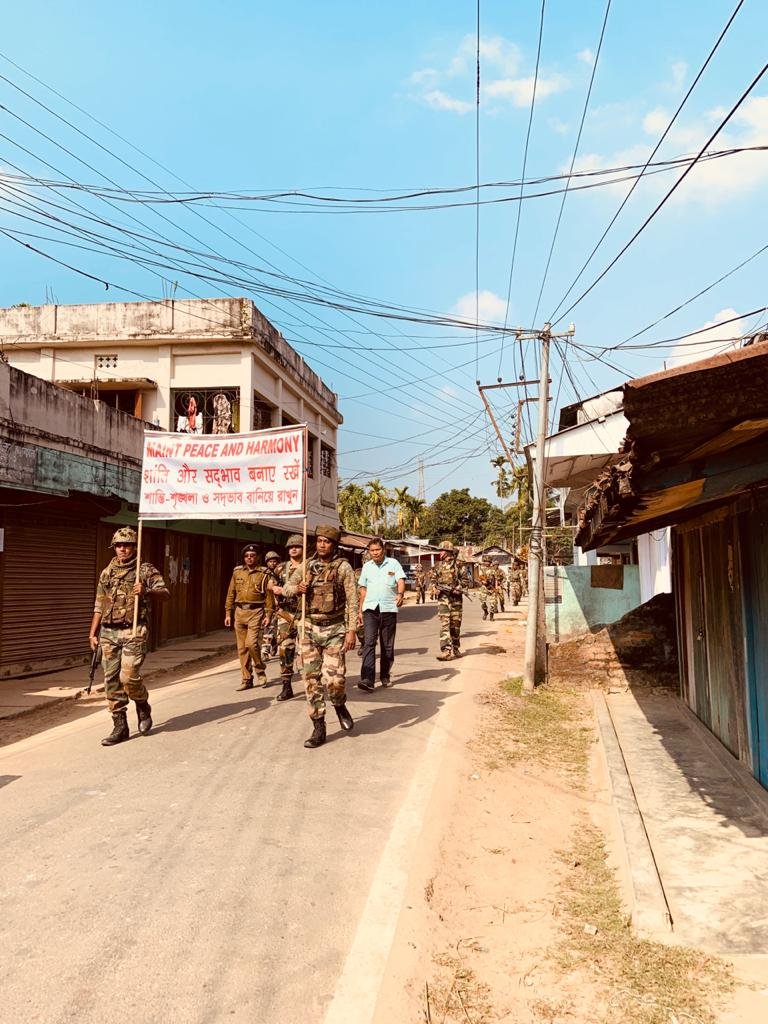
- Home
- India
- World
- Premium
- THE FEDERAL SPECIAL
- Analysis
- States
- Perspective
- Videos
- Sports
- Education
- Entertainment
- Elections
- Features
- Health
- Business
- Series
- In memoriam: Sheikh Mujibur Rahman
- Bishnoi's Men
- NEET TANGLE
- Economy Series
- Earth Day
- Kashmir’s Frozen Turbulence
- India@75
- The legend of Ramjanmabhoomi
- Liberalisation@30
- How to tame a dragon
- Celebrating biodiversity
- Farm Matters
- 50 days of solitude
- Bringing Migrants Home
- Budget 2020
- Jharkhand Votes
- The Federal Investigates
- The Federal Impact
- Vanishing Sand
- Gandhi @ 150
- Andhra Today
- Field report
- Operation Gulmarg
- Pandemic @1 Mn in India
- The Federal Year-End
- The Zero Year
- Science
- Brand studio
- Newsletter
- Elections 2024
- Events
- Home
- IndiaIndia
- World
- Analysis
- StatesStates
- PerspectivePerspective
- VideosVideos
- Sports
- Education
- Entertainment
- ElectionsElections
- Features
- Health
- BusinessBusiness
- Premium
- Loading...
Premium - Events

How BJP lit the CAB fire that threatens to burn itself in Assam
No one community or creed can claim absolute dominance over any part of this multi-ethnic, multi-religious country, whose demography as well as boundary is a construct of several historical events.

As expected, the Citizenship Amendment Bill (CAB) fire is burning Assam and Tripura while other north-eastern states are searing from its heat. The controversial bill is another glaring example of the Narendra Modi-led BJP government’s lack of understanding of the heterogeneity of India. The fiasco also manifested how the BJP and its government are getting entangled in its own...
As expected, the Citizenship Amendment Bill (CAB) fire is burning Assam and Tripura while other north-eastern states are searing from its heat.
The controversial bill is another glaring example of the Narendra Modi-led BJP government’s lack of understanding of the heterogeneity of India. The fiasco also manifested how the BJP and its government are getting entangled in its own false narrative.
No one community or creed can claim absolute dominance over any part of this multi-ethnic, multi-religious country, whose demography as well as boundary is a construct of several historical events.
So, any attempt to address the identity concern of any one section of the people without addressing the contesting claim of another, is bound to have serious repercussions.
The current CAB trouble has its root in the National Register of Citizens (NRC), undertaken on the premise that the north-eastern states are deluged with an influx of illegal Bangladeshi Muslim migrants.

History ignored
This hypothesis ignored some important historical facts. Firstly, the administrative reforms of 1874, transferred to Assam, Bengali dominated districts of Goalpara (erstwhile Goalpara is now divided into Kokrajhar, Bongaigaon, Dhubri, and Goalpara districts), Cachar and Sylhet (Karimganj district and other areas of present day Barak Valley of Assam form the undivided Sylhet of then).
Secondly, the British policy of 1891 encouraged peasants from East Bengal, who were mostly Bengali Muslims, to settle in west Assam to cultivate wastelands to grow more food. These developments naturally led to the swelling of Bengali population in Assam. Descendants of these migrants certainly cannot be termed as “ghuspetia (intruders)” as Home Minister Amit Shah may like to describe them as he conjures up astonishing figures of illegal migrants in Assam and elsewhere in India.
In BJP’s discriminatory narrative, almost all Bengali-speaking Muslims in Assam are illegal migrants from Bangladesh. The claim of the party that a “Bangladeshi migrant”, Badruddin Ajmal (of the AIUDF) will become the chief minister of Assam if “illegal migrants” were not rooted out, is based on this biased narrative. The Ajmals have been living in Assam for generations, and can trace their origin to pre-partition Sylhet district.
Read | Citizenship Bill: BJP paying the price of ignoring Assam’s history
Assam also had to bear the brunt of partition by sheltering a large number of Hindu Bengali refugees. But those people certainly cannot be described as illegal migrants.
It will, however, be wrong to claim that there is no illegal migrant from Bangladesh in the Northeast, particularly Assam. Taking advantage of the cultural and linguistic affinities across the border and a corrupt bureaucracy and political system, some people do cross over to India illegally from Bangladesh and then disappear into the burgeoning population.
But, to claim on the basis of such cross border movement that the migrants would outnumber the indigenous population is again a travesty of facts. If anything, most of the recent Bengali migrants in Assam came from erstwhile East Bengal and are not an influx from Bangladesh which was born in 1971.
Assam by Census
Comparative decadal population growth of Assam since 1911 till 2011 shows that the state’s population growth rate started slowing down after 1971. In fact, the last three consecutive census reports from 1991 to 2011 shows that the population growth rate in Assam is less than the national average.
Now, let’s examine the Census figures of Muslims in Assam. The state had 24.68 per cent Muslim population in 1951. In 1961, it increased to 25.33 per cent, a meagre rise of 0.65 per cent. In 1971, it dipped to 24.56 per cent, a drop of 0.77 per cent. Due to the anti-foreigner agitation, there was no census in Assam in 1981.
In 1991, after two decades, the population of the community increased by 3.87 per cent. During 1991-2001 period, Muslim population in Assam registered a growth of 2.49 per cent and in 2001- 11 decade, the size of the community grew by 3.3 per cent. These figures do not indicate any abnormal growth to suggest any large scale migration as claimed by the BJP.
Even the NRC exercise, carried out in Assam under the strict supervision of the Supreme Court, which went to the extent of scrapping the citizenship of people over clerical error or absence of legacy document of parents long dead, could not bring out several million illegal migrants, particularly from the Muslim community.

Key to Bengal
Having failed to establish its false narrative, the BJP quickly abandoned the Assam’s NRC project and instead decided to enlarge the ambit of its “Muslim-migrant” detection scanner for the whole country. But the problem to this project was the politically influential Matua community of West Bengal, consisting almost exclusively of Namashudra Dalit immigrants from erstwhile East Pakistan and modern-day Bangladesh.
This community is in majority in at least 77 of the state’s 294 assembly constituencies. Its support played a decisive role in the saffron party’s spectacular growth in Lok Sabha elections in Bengal, winning 18 out of the state’s 42 Lok sabha seats. This support base of the BJP started eroding after the NRC final draft in Assam excluded many Hindus.
To win Bengal in 2021, the BJP needs to woo this community and hence it fast-tracked the CAB, which promises to give citizenship to Hindu, Sikh, Jain, Buddhist, Parsi or Christian minorities of Afghanistan, Bangladesh and Pakistan, who fled to India to evade religious persecution in their country.
Here, the BJP government miscalculated the popular resentment against any such move in Northeast, which perceived it as a threat to its identity. Maybe, the BJP’s indifference was influenced by the popular mandate it got in the 2019 general elections despite promising to introduce the CAB.
Quick fixes don’t heal
To quell the anger, it resorted to some quick-fix gimmicks like excluding the Sixth Schedule areas and the state’s under Inner-Line-Permit (ILP) regime from the purview of the new law. It has also extended the ILP to Manipur and Dimpaur district in Nagaland, the only district in the state where the ILP was not applicable earlier.
Interestingly, during the course of debates in Parliament or outside it, the BJP did not clarify as to how these areas, which already enjoy some special protection in matters of land rights, job reservation, etc. would additionally benefit from this exclusion. The Congress MP from Assam Gaurav Gogoi rightly asked in Lok Sabha, “What more are you giving them?”
Moreover, extending ILP to Manipur could also lead to protest from the Kuki community of the state, who in the past had objected to the move.
For the injury caused to Assam, the Centre’s latest balm is the assurance to implement clause six of the Assam Accord. It is a classic case of cherry-picking. Ironically, it is the same Assam Accord, which has been undermined by the BJP government while pushing for the CAB. Now, it is banking on this 1985 accord to bail it out from the tight spot it has landed into.
“Clause six will take care of all your concerns. I would like to urge the Clause Six Committee; please send the report as soon as possible,” Shah said in Rajya Sabha on Wednesday (December 11).
The clause six of the historic accord promises: “Constitutional, legislative and administrative safeguards, as may be appropriate, shall be provided to protect, preserve and promote the cultural, social, linguistic identity and heritage of the Assamese people.”
The problem in implementing the clause is the definition of Assamese in a heterogeneous setting. A 12-member committee was earlier constituted headed by justice (retd) Biplab Kumar Sarma to recommend how to provide the constitutional safeguards.
Some suggested that land in Assam should be reserved for indigenous people, that only local people should be allowed to buy and sell land in Assam, that outsiders should be barred from contesting elections.
But it’s not yet clear what is the basis of defining outsiders and who the indigenous are in the state, which is historically a melting pot of migrants.
